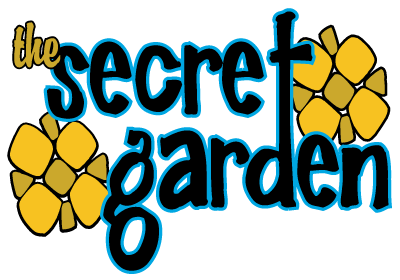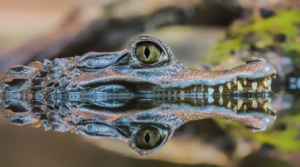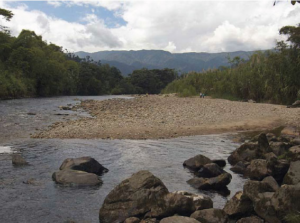The Shuar nationality is a community that exists both in Ecuador and Peru. In Ecuador, this nationality is primarily located in the provinces of Morona Santiago, Pastaza and Zamora Chinchipe, and also in Sucumbíos and Orellana in the Amazon region, and Guayas and Esmeraldas in the Coastal region. The Shuar claim a territory of 900,688 hectares, with 718,220 hectares of it already legalised, and the remaining 182,468 hectares awaiting legal recognition. According to Shuar estimates, the population is roughly 110,000 people spread across around 668 communities.
History and Leadership
In the past, the Shuar people lived in small hamlets scattered across the Amazon forest, relying on hunting and fruit gathering for subsistence. They did not have any centralised leadership at that time. However, since 1964, they have been organised into federations due to the influence of the missionaries and colonists. As a result, the Shuar community has developed political ties with the state and non-state organisations. This has led to a strong sense of belonging among the Shuar people, who proudly recognise themselves as Shuar. Following the signing of the peace treaty between Ecuador and Peru, authorities from both countries have convened to facilitate the reunion of members of the Shuar indigenous community who were separated as a result of the 1941 treaty.
Cosmovision and Natural Medicine
The Shuar cosmovision is unique and reflects their beliefs about the world. In their view, inanimate objects have no gender and are therefore neutral. Some examples are the nuka leaf, nayaimp sky, never earth, kampuntin jungle, naint hill, kanu canoe, kaya stone, tuna waterfall, nase wind, mayai air, sana dew, tsawant day, tuntíak rainbow, nánki spear, charip thunder, and peem lightning.
The Shuar community has a deep understanding of natural medicine and uses the plants in their territory to heal themselves. They have inherited this knowledge from their ancestors and pass it down from generation to generation. They use the drink known as Natem as a natural medicine, which helps them see the future and cure diseases. However, this medicine can only be ingested by the person who the shaman prescribes it to. Furthermore, it is believed that being of legal age and having maturity is necessary for the medicine to be effective. The Shuar also use allopathic medicine to complement their traditional natural medicine practices.
Cuisine and Leisure
The cuisine of the Shuar people is diverse and includes yamala meat, guatusa, yucca, plantain, sweet potato, Chinese potato, wild birds, and ayampaco. The ayampaco contains tilapia, which is the favourite fish of the Shuar people. They also enjoy drinking chicha made from yucca, chonta and guineo.
The Shuar people have their own unique leisure activities such as fishing, walking in the jungle or the orchard, and making homemade bags. Children demonstrate their creativity by playing on swings made of vines and showcase their swimming and spear throwing skills. The Shuar people also have their own music, songs and dances. Some of their traditional instruments include the Tampur drum, Pinkui flute, Shacap rattle and Nampet music.
Symbolic Structure and Religion
The Shuar people have a symbolic structure that is based on principles such as respect for elders, honesty, hard work and respect for other people’s property. These values are passed down through generations and from the wisdom of listening to the forest. For example, the Shuar people believe that when lightning strikes, it signals the arrival of a bigger lightning strike in that area, and therefore no crops should be planted there.
When it comes to religion, the Shuar beliefs include respect for the Tsunki, as well as the snake festival. However, the introduction of Catholic and Evangelical churches has led to some dispersion of their traditional rituals in relation to nature. Nevertheless, their most important symbols remain the tiger, which represents the masculine sphere, and the snake, representing the feminine sphere.
Agriculture and Tools
The Shuar people have a deep connection with the land, but struggle to maintain their customs, such as singing and adorning their faces, when planting cassava to ensure a good harvest. The practice of avoiding using tools, such as the katamuke, is unfortunately being lost.
Warrior Traditions and Terminology
The Shuar people have a long history of being warriors, and in the past, they practised the rite of “tzantza”. This involved reducing the head of their enemies to preserve it as a trophy of war. However, this tradition has been lost over time. Due to their warrior culture, they have been derogatorily referred to as “jíbaros” or “savages,” a term that they reject for its ethnocentric and racist content. Instead they call themselves “Shuar,” which in their language signifies “people” or “person.”
Community and Language
The Shuar practise polygamy and live in communities that have allowed them to maintain their culture and fight for their rights, such as Intercultural Bilingual Education and access to land. The Shuar language, Shuar-Chicham, is part of the Jivara or Jivarona languages and constitutes one of Ecuador’s three official languages. The shaman, also called “uwishin,” is both a priest and a political leader.
In conclusion, the Shuar nationality has a rich cultural heritage, including unique traditions and symbols, values, and beliefs. Their deep connection with nature and the land has allowed them to maintain many of their customs. Moreover, their warrior culture has made them strong in fighting for their rights and rejecting derogatory terminology. Their leadership and religious practices, along with their polygamous lifestyle, make them a fascinating and important culture in Ecuador.



Tzantza




